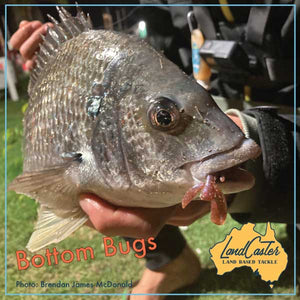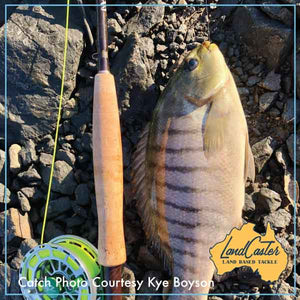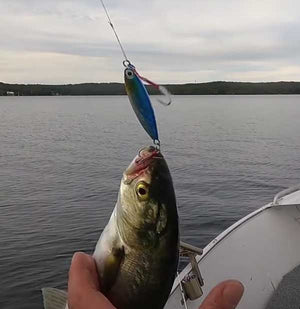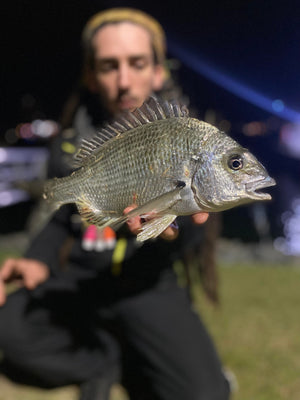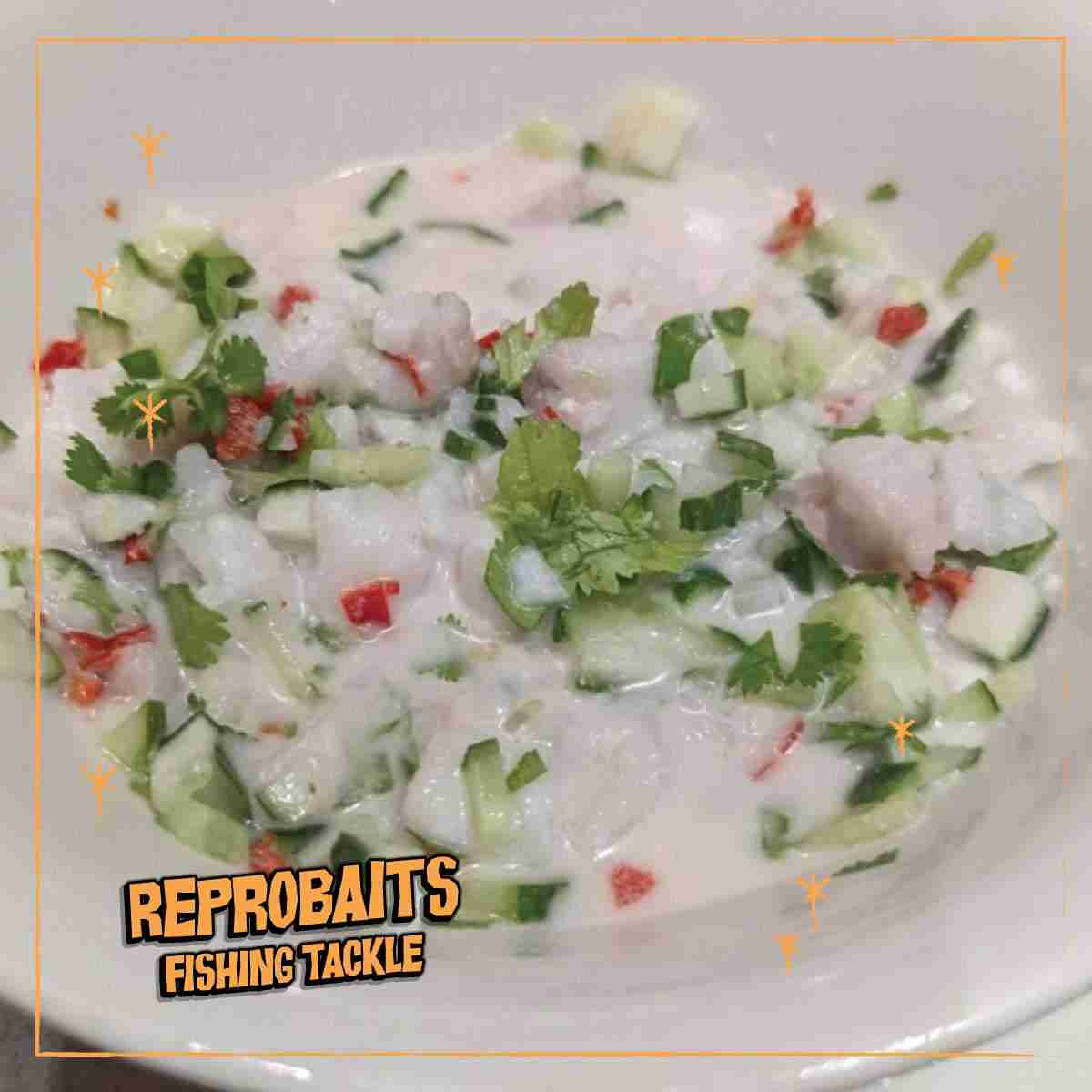
Kokoda: A Light Coconut Milk Fish Recipe
If you’re looking for a simple, healthy, and refreshing dinner that won’t require too much of your time, look no further! Kokoda, a traditional Fijian fish ceviche, is a perfect balance of tangy and sweet flavours that will make your taste buds dance. In this recipe, Spanish Mackerel, or your favourite fish (or frozen Mahi Mahi) is marinated in lime juice, mixed with some diced vegetables (I like it SPICY), and topped off with some creamy coconut milk. With this delicious meal, you can travel to the sandy beaches of Fiji and experience the tropical island vibe right in your own kitchen.
Kokoda is a popular dish in Fiji and this is where I first had it. Our youngest son DeeDee caught a Spanich Mackerel trolling and the guide said they liked it as Kokoda. It is a type of fish ceviche (ceviche is popular in Mexico and the US that doesn't require cooking with heat) that was originally made with "walu" or Spanish mackerel. The recipe calls for fish to be marinated in lime juice, mixed with onions and chillies.

Why Make This Recipe?
Kokoda is an easy and healthy recipe that is perfect for busy weeknights. With only a few ingredients and minimal preparation, you can have a delicious meal in no time. The dish is light and fresh, making it a great option for those who want to enjoy a tasty meal without feeling too full. Also, if you have ever dreamt of experiencing the beauty of Fiji, this dish is a great way to get a taste of the Fijian culture.
Ingredients
-
- 500 grams of fish such as Mahi Mahi (boneless and skinless)
-
- 240 ml of fresh lime juice
-
- 240 ml of canned coconut milk or coconut cream (fresh is BEST)
-
- 1 large tomato, diced
-
- 1 small red onion, diced
-
- 1 small English cucumber, diced
-
- 1 jalapeño, seeded and finely chopped
-
- Handful of fresh parsley, chopped (15 grams)
-
- Salt and black pepper to taste
Tools
-
- Mixing Bowls
-
- Wooden Cutting Board
-
- Sharp Knives
-
- Wine Opener (optional)
How to Make Kokoda
Step 1:
Cook the Fish Cut the Mahi Mahi into bite-sized pieces and place them in a bowl. Pour in the lime juice and stir to make sure the fish is fully covered. Cover the bowl and place it in the fridge for about 6 hours. The acid from the lime juice will "cook" the fish and give it a tender and flaky texture.
Step 2:
Mix and Season Once the fish is cooked, drain the excess lime juice and add the diced vegetables to the bowl. Pour in the coconut milk and stir everything together. Season the mix with salt and black pepper to taste.
Step 3:
Serve and Enjoy! Kokoda can be served in a bowl or in coconut halves for presentation. If you choose to serve it in coconut halves place a layer of green lettuce between the coconut and the ceviche. This will give the dish a more refined visual appearance.
Expert Tips
-
- Use pre cracked coconuts to more easily open the coconut.
-
- Add a layer of green lettuce to the serving dish for an authentic look.
-
- For less lime flavour you can rinse the fish after marinating it in lime juice.
-
- You can replace lime juice with lemon juice for a different flavor.
FAQs About Kokoda
Q: What is kokoda? A: Kokoda is a traditional Fijian dish made with raw fish that has been marinated in citrus juice and mixed with coconut cream and vegetables. It is similar to ceviche (the national dish of Peru where Pisco Sours also originate).
Q: What type of fish is used in kokoda? A: The traditional fish used in kokoda is Spanish Mackerel but other types of white fish such as tilapia or snapper can also be used.
Q: Can kokoda be made in advance? A: Yes, you can marinate the fish in advance but it is best to mix in the coconut cream and vegetables right before serving to prevent the vegetables from becoming too soft.
Q: How long should the fish be marinated? A: The fish should be marinated for 6 to 8 hours. The longer you marinate the fish, the more "cooked" it will become from the acid in the citrus juice. However, it is important not to marinate it for too long as the fish can become tough and rubbery.
Q: How do I know when the fish is cooked? A: The fish in kokoda is considered "cooked" when it becomes opaque and firm. The acid in the citrus juice denatures the proteins in the fish giving it a cooked texture.
Q: Can I use canned coconut cream? A: Yes, canned coconut cream can be used in place of fresh coconut cream. Just make sure to use a good quality brand and shake the can well before opening to ensure the cream and water are well mixed. Having said that, fresh coconut cream is bestest.
Q: Can I add other vegetables to kokoda? A: Yes, you can add other vegetables such as sliced cucumber or diced bell capsicum. Just make sure to slice or dice them thinly so that they will be well coated in the marinade. I like mine SPICY though so I use Bird's Eye or Cayenne capsicum if I don't grow my own.
How to Choose Safe Fish for Ceviche
When making any type of ceviche it is important to choose the right type of fish. Here are some tips to ensure that the fish you are using is safe to eat raw:
-
- Use fresh fish. This means that the fish should be firm to the touch and have a bright colour. If the fish smells bad do not use it.
-
- Choose fish that is labelled as sushi-grade or sashimi-grade. These labels mean that the fish has been handled and prepared in a way that makes it safe to eat raw.
-
- Some types of fish may contain high levels of mercury or other toxins (slower growing predators) making them unsafe to eat in large quantities. Look at recommended consumption levels.
Kokoda is a great dish so make it
In conclusion, if you are looking for a light, fresh, and easy-to-prepare dinner, Fijian Kokoda is the perfect recipe for you. With its simple ingredients and minimal prep time, you can enjoy the flavors of Fiji in the comfort of your own home. Just be sure to choose safe and fresh fish for the best results. So, what are you waiting for? Grab some Mahi Mahi, lime juice, coconut milk, and veggies, and get ready to enjoy a taste of paradise!fish

